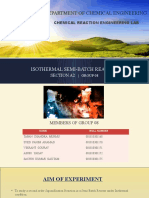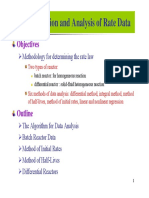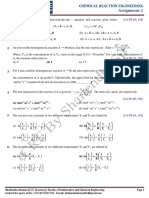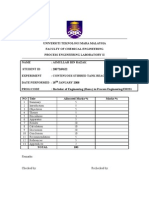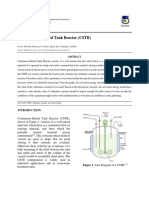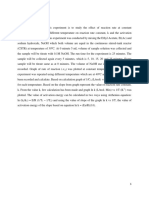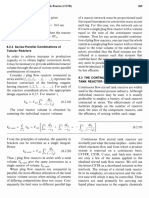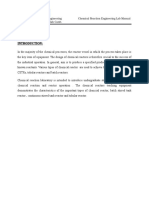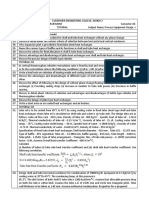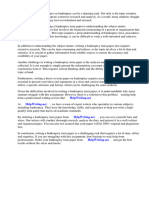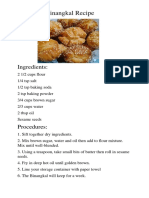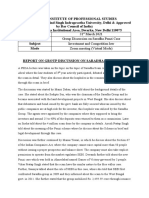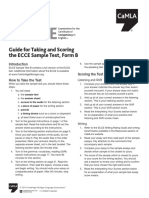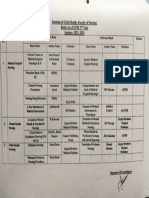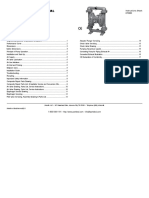0% found this document useful (0 votes)
210 views11 pagesEx-1 - Isothermal Batch Reactor-Mir Ahmed
The document describes an experiment to study a saponification reaction in an isothermal batch reactor. It details the objectives, theory, equipment used, procedures, observations made and calculations done to determine the reaction rate constant and activation energy of the reaction at different temperatures.
Uploaded by
atiq ahmedCopyright
© © All Rights Reserved
We take content rights seriously. If you suspect this is your content, claim it here.
Available Formats
Download as PDF, TXT or read online on Scribd
0% found this document useful (0 votes)
210 views11 pagesEx-1 - Isothermal Batch Reactor-Mir Ahmed
The document describes an experiment to study a saponification reaction in an isothermal batch reactor. It details the objectives, theory, equipment used, procedures, observations made and calculations done to determine the reaction rate constant and activation energy of the reaction at different temperatures.
Uploaded by
atiq ahmedCopyright
© © All Rights Reserved
We take content rights seriously. If you suspect this is your content, claim it here.
Available Formats
Download as PDF, TXT or read online on Scribd
/ 11






